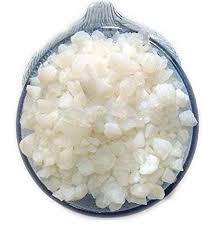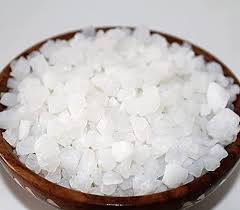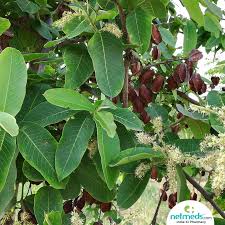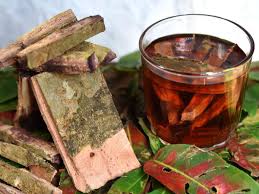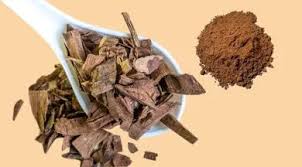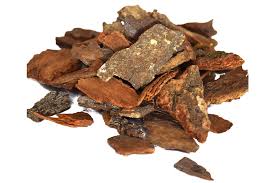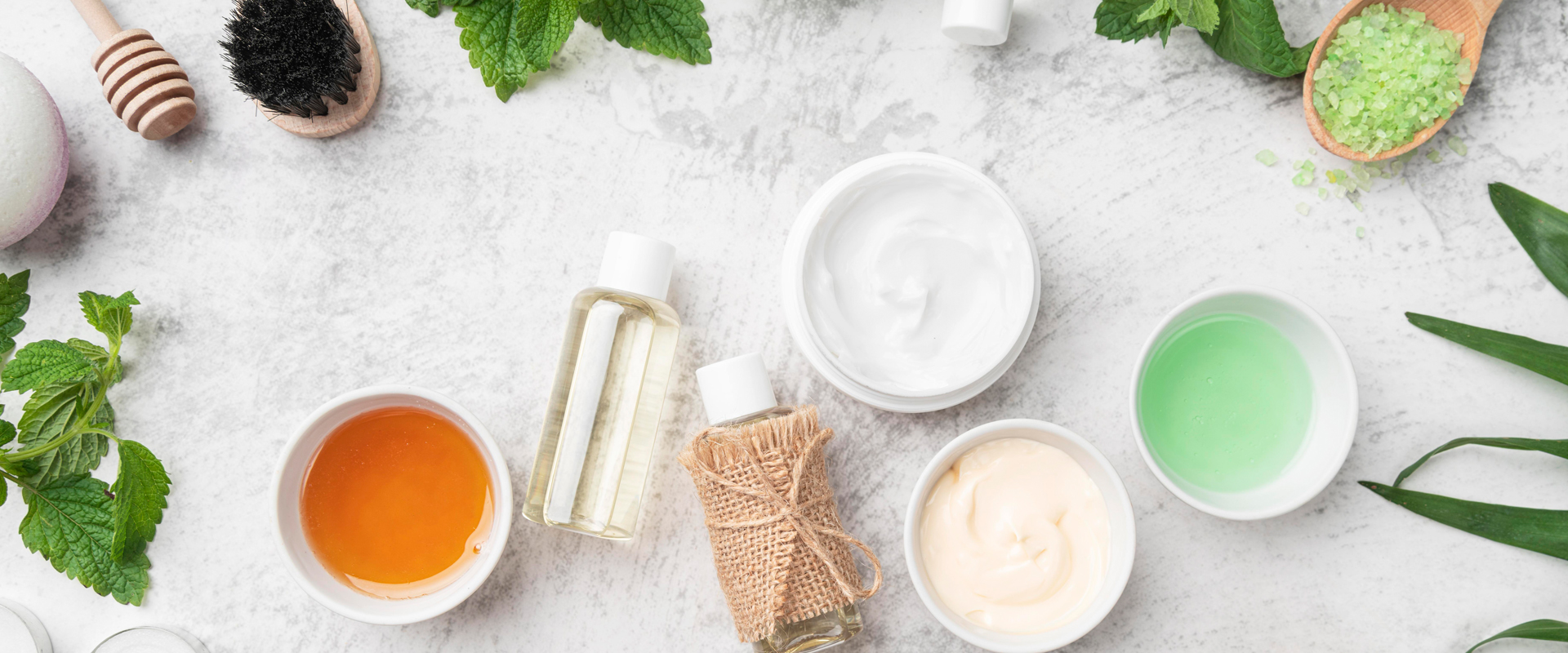
How Rajasthanis Use Paneer Phool in Summer Diets
Paneer Phool, commonly known as cauliflower, is not only a nutritious vegetable but also an essential part of traditional diets in Rajasthan, especially during the hot summer months. Rajasthanis have long relied on local vegetables like Paneer Phool to create cooling, hydrating, and easily digestible meals that support health in extreme temperatures. Rich in vitamins, minerals, and fiber, Paneer Phool helps maintain energy levels, supports hydration, and provides essential nutrients during summer. This article explores how Paneer Phool is used in Rajasthan’s summer diets, its health benefits, preparation techniques, and the cultural significance of incorporating seasonal vegetables into everyday meals.
Long Description:
- Nutritional Benefits of Paneer Phool:
- Rich in vitamin C, which supports immunity and helps combat heat-related fatigue.
- High in fiber, aiding digestion and preventing constipation during the summer heat.
- Contains essential minerals like potassium, calcium, and magnesium, which help maintain electrolyte balance.
- Low in calories, making it ideal for light, refreshing summer meals.
- Importance of Seasonal Vegetables in Rajasthan:
- Seasonal vegetables help the body adapt to extreme temperatures.
- Traditional diets focus on light, hydrating, and nutrient-rich foods during summer.
- Paneer Phool is preferred for its cooling properties and easy digestibility.
- Rajasthani Summer Recipes with Paneer Phool:
- Paneer Phool Ki Sabzi: Lightly sautéed with minimal oil and spices to retain its natural flavor and cooling effect.
- Paneer Phool and Yogurt Salad: Fresh cauliflower florets mixed with yogurt, cumin, and coriander, providing a refreshing and probiotic-rich dish.
- Paneer Phool Soup: Boiled and blended with mild spices, served chilled to soothe the digestive system and provide hydration.
- Paneer Phool Paratha: Made with minimal oil, mixed with light spices, and served with buttermilk for a complete summer meal.
- Cooling Effects of Paneer Phool in Summer Diets:
- Helps reduce internal body heat due to its high water content.
- Promotes hydration when consumed in salads, soups, or light stir-fries.
- Supports digestion and prevents heat-induced digestive discomfort.
- Integration into Traditional Rajasthani Meals:
- Often paired with buttermilk (chaas) for optimal cooling effects.
- Served with light flatbreads such as bajra or wheat roti to balance fiber and nutrients.
- Frequently included in festive or seasonal menus to provide a refreshing and nutritious option.
- Health Benefits for Summer:
- Boosts Immunity: Vitamin C and antioxidants help fight infections during the summer months.
- Maintains Hydration: High water content prevents dehydration.
- Supports Digestion: Fiber aids in regular bowel movements and prevents bloating.
- Energy Regulation: Low-calorie meals with Paneer Phool help maintain energy without causing heaviness or lethargy.
- Tips for Selecting and Storing Paneer Phool in Summer:
- Choose fresh, firm, and white florets without discoloration.
- Store in a cool, ventilated area or refrigerator to retain freshness.
- Avoid prolonged exposure to heat to prevent nutrient loss.
- Use within 2–3 days of purchase for maximum flavor and nutrition.
- Sustainable and Local Practices:
- Many Rajasthanis grow Paneer Phool in home gardens or purchase from local farmers to ensure freshness and support local agriculture.
- Organic practices are preferred to maintain health benefits and prevent chemical intake.
- Seasonal consumption reduces the carbon footprint and promotes sustainable eating habits.
- Cultural Significance:
- Paneer Phool is deeply embedded in Rajasthani culinary traditions and folk recipes.
- Seasonal dishes with Paneer Phool reflect the ingenuity of local diets adapted to climate conditions.
- Promotes healthy living through natural and locally available ingredients.
- Conclusion:
Paneer Phool plays an important role in Rajasthan’s summer diets due to its nutritional richness, cooling properties, and digestibility. Traditional recipes incorporating Paneer Phool not only help maintain hydration and energy during the hot months but also support overall health through fiber, vitamins, and minerals. By including Paneer Phool in soups, salads, stir-fries, and parathas, Rajasthanis maintain a balanced and nutrient-rich diet that aligns with seasonal needs. Promoting sustainable cultivation, selecting fresh produce, and following traditional preparation methods ensure that Paneer Phool continues to be a staple of healthy, climate-adapted eating practices in Rajasthan.





